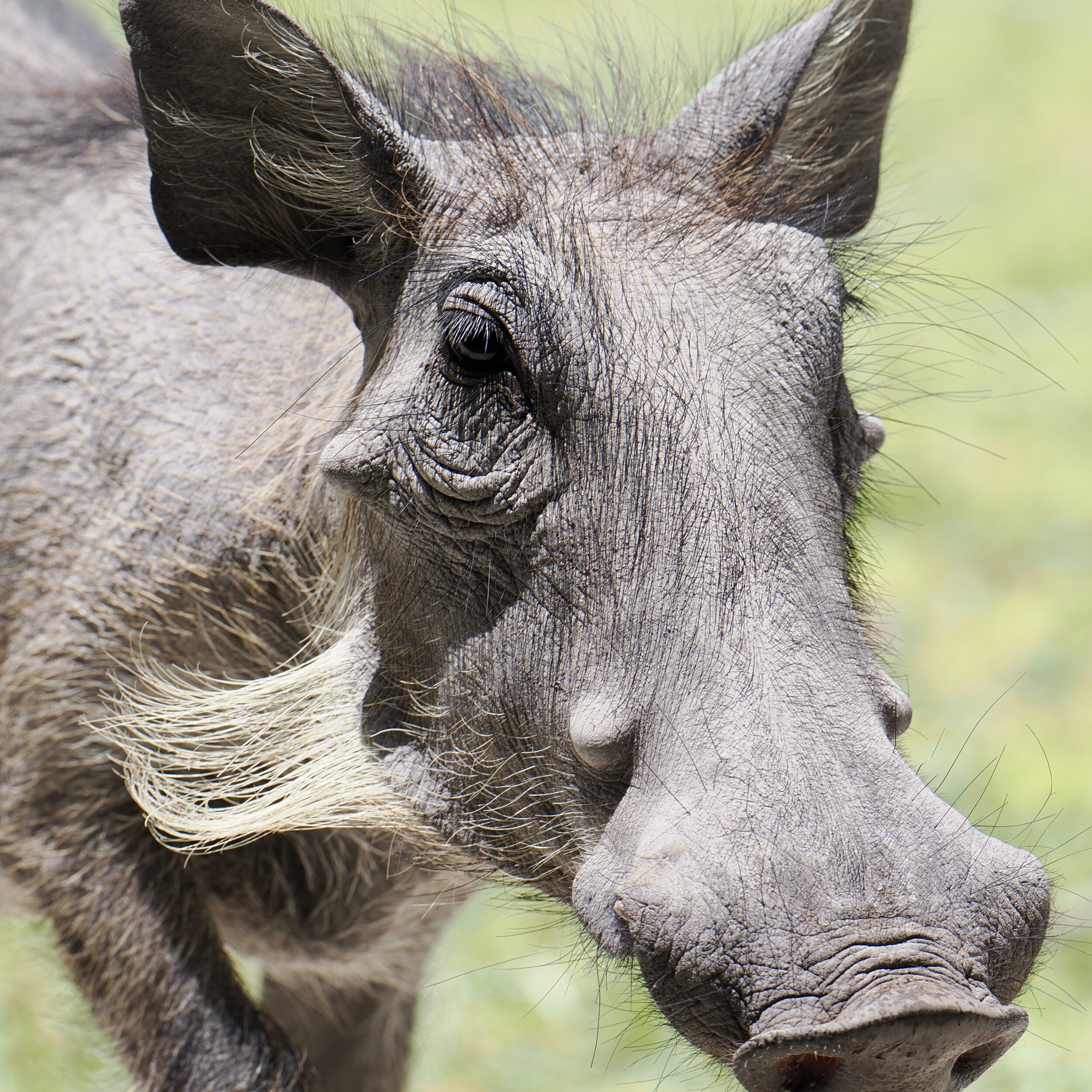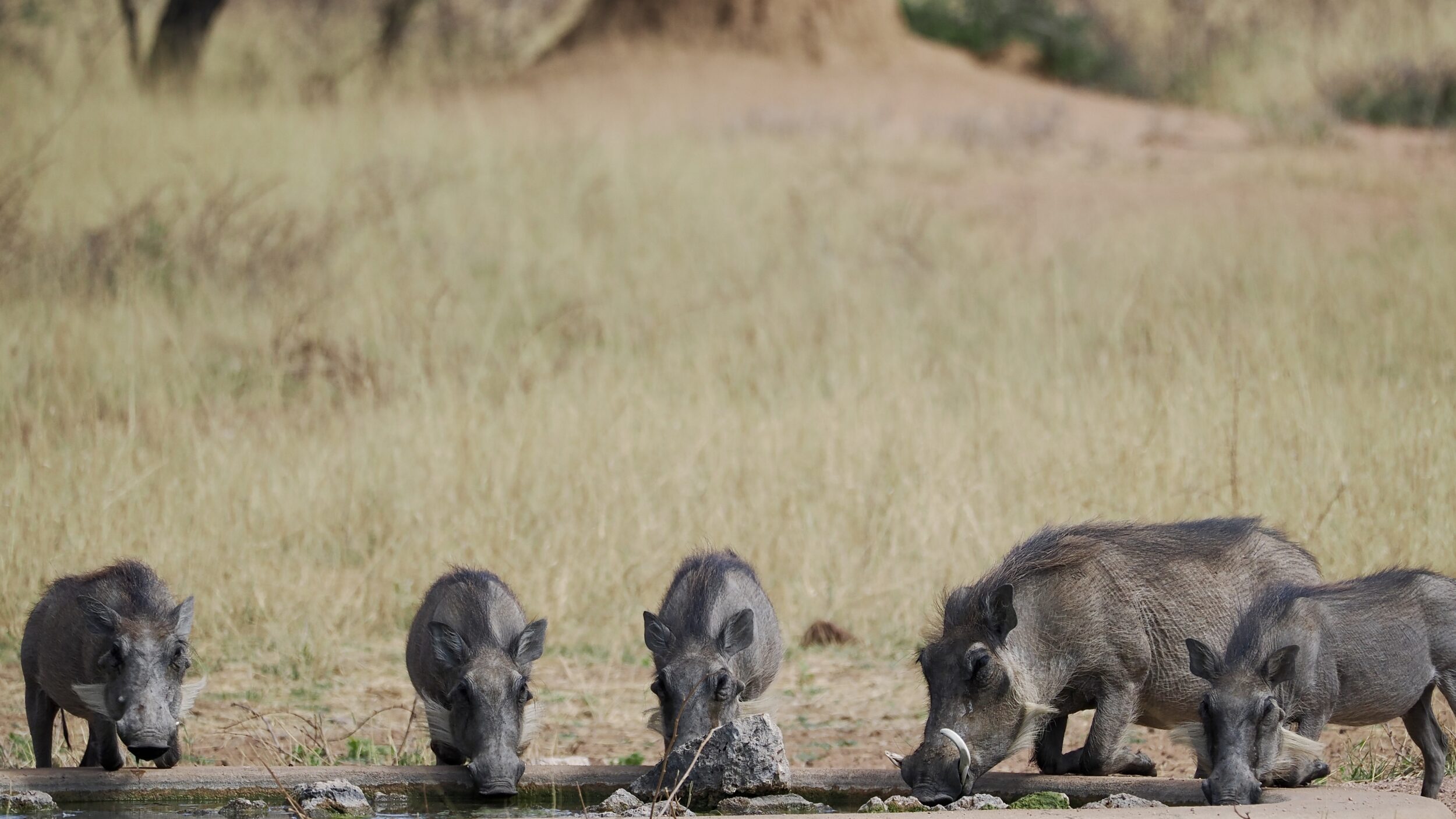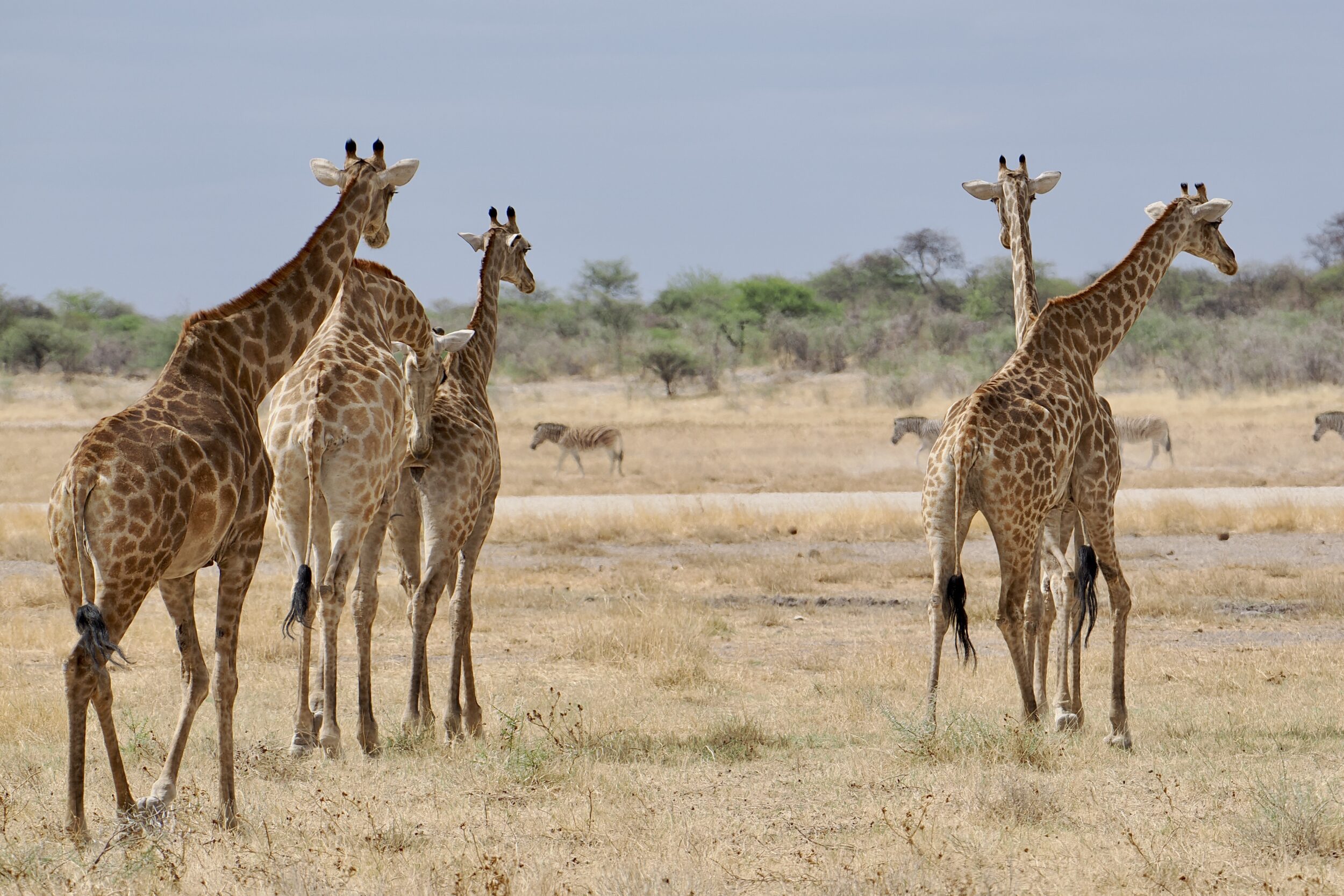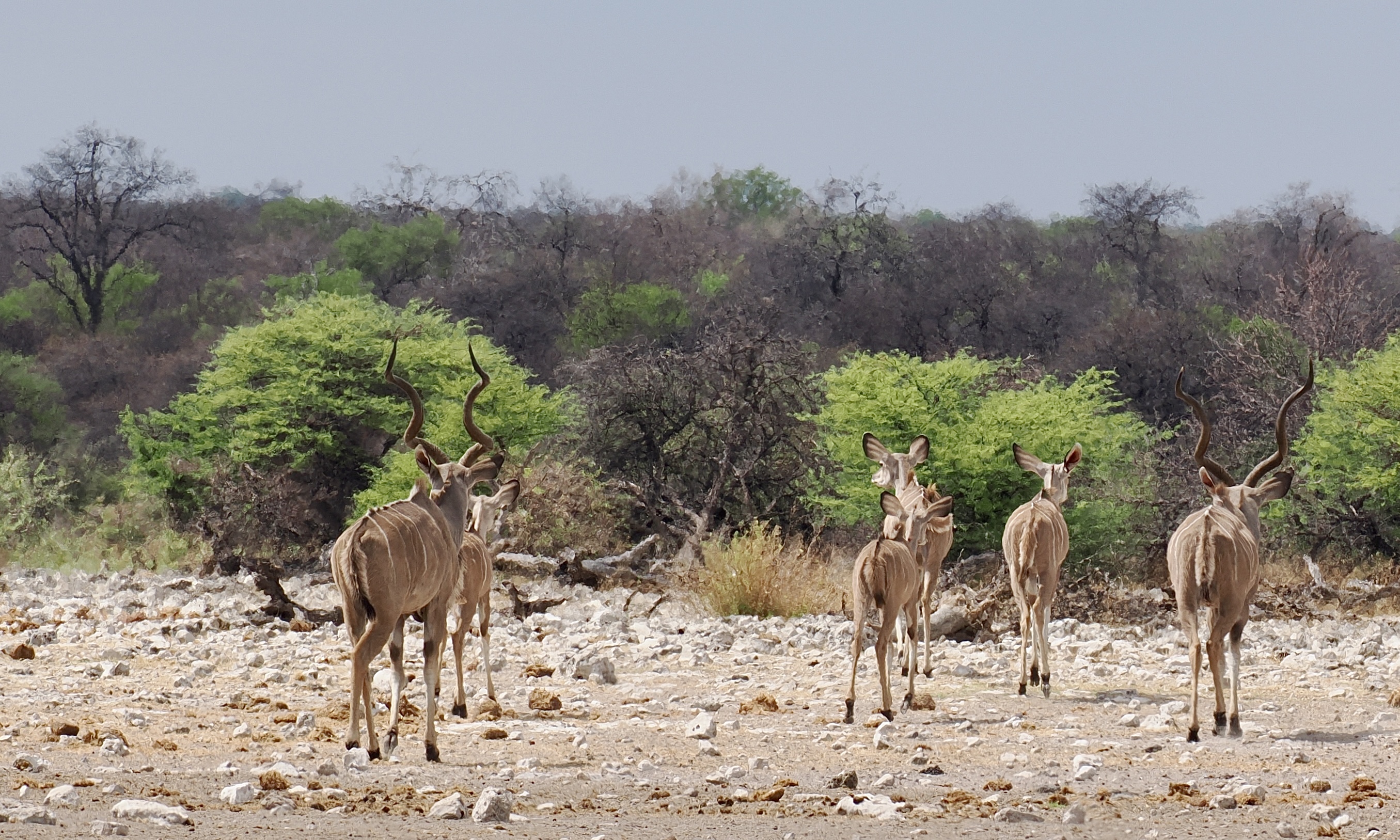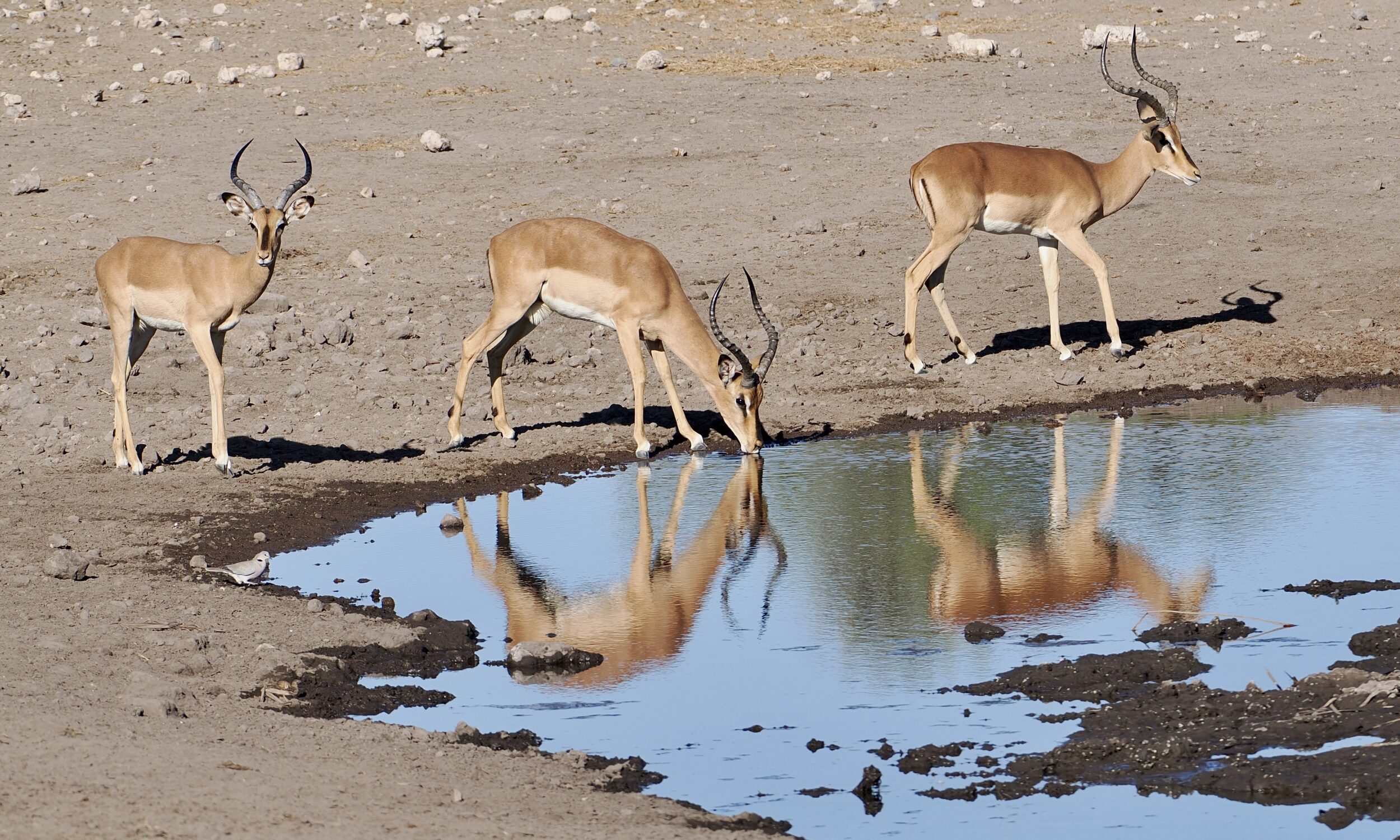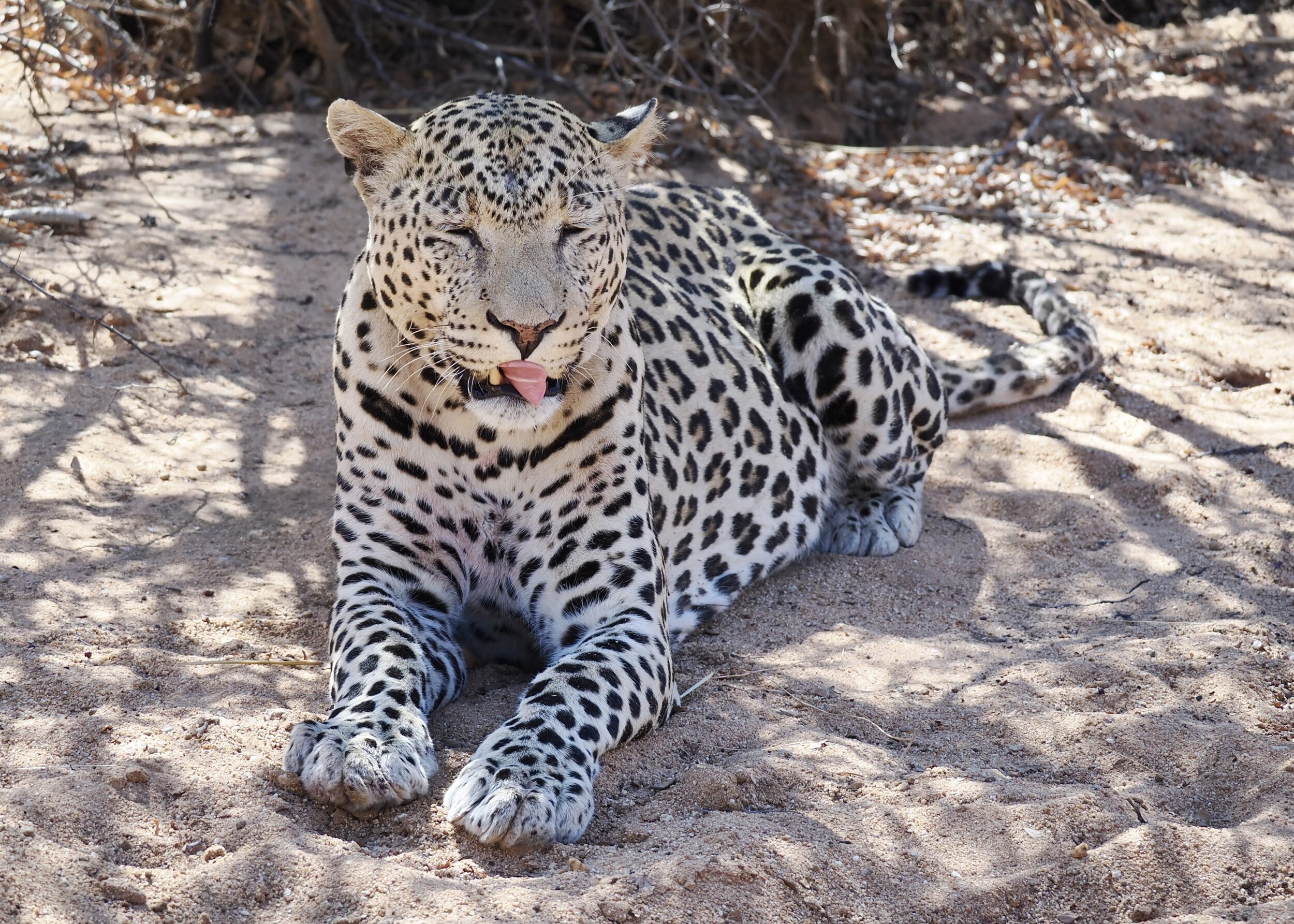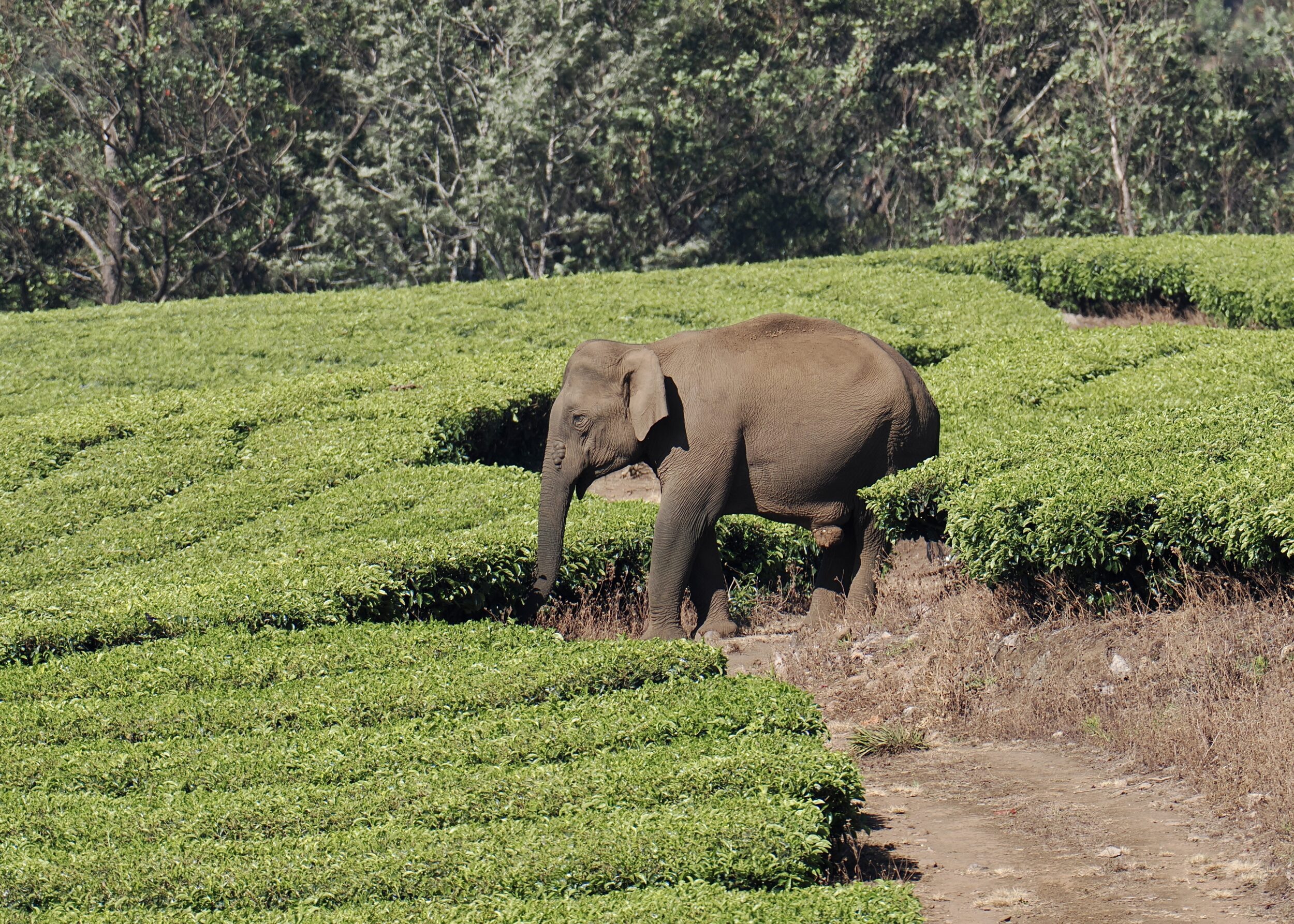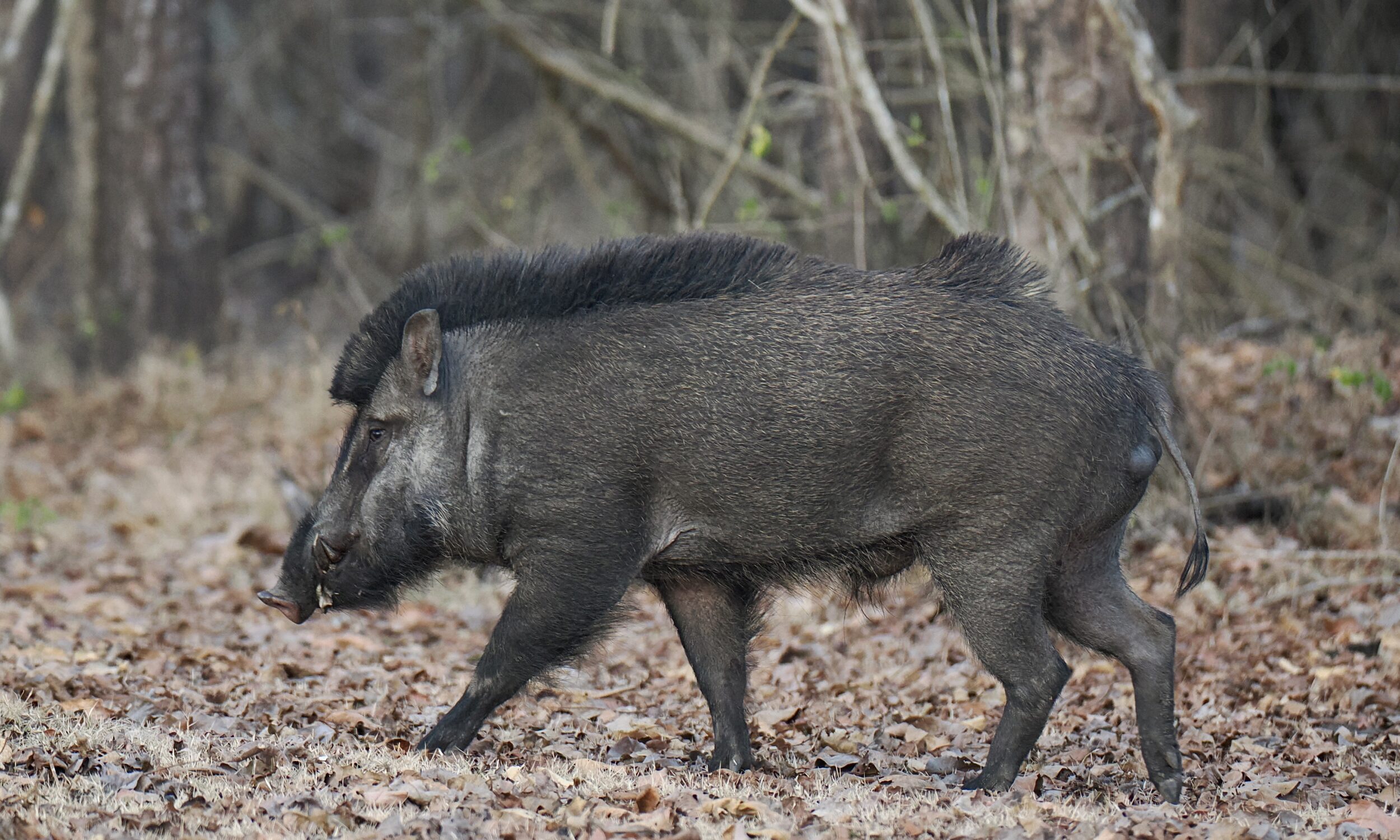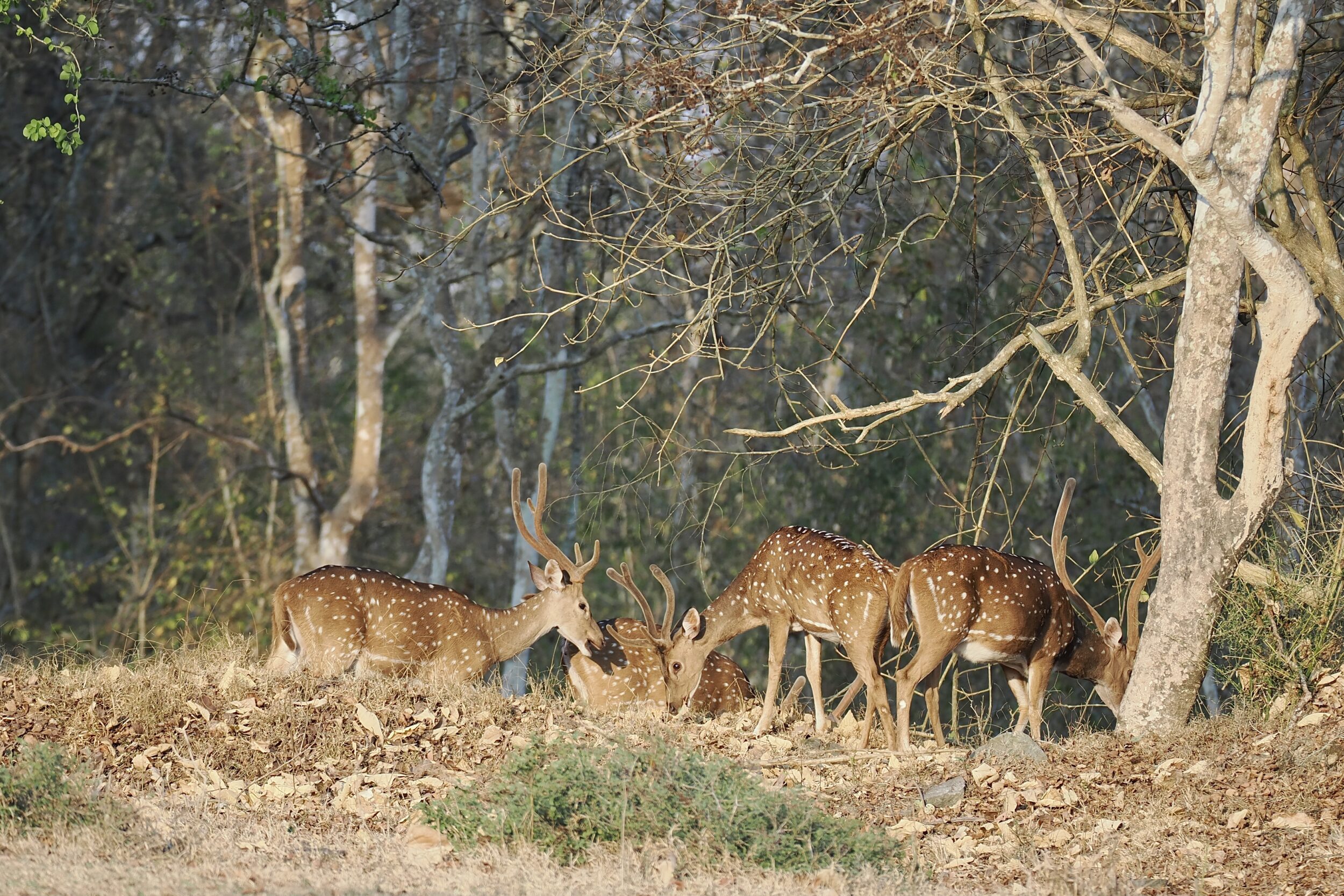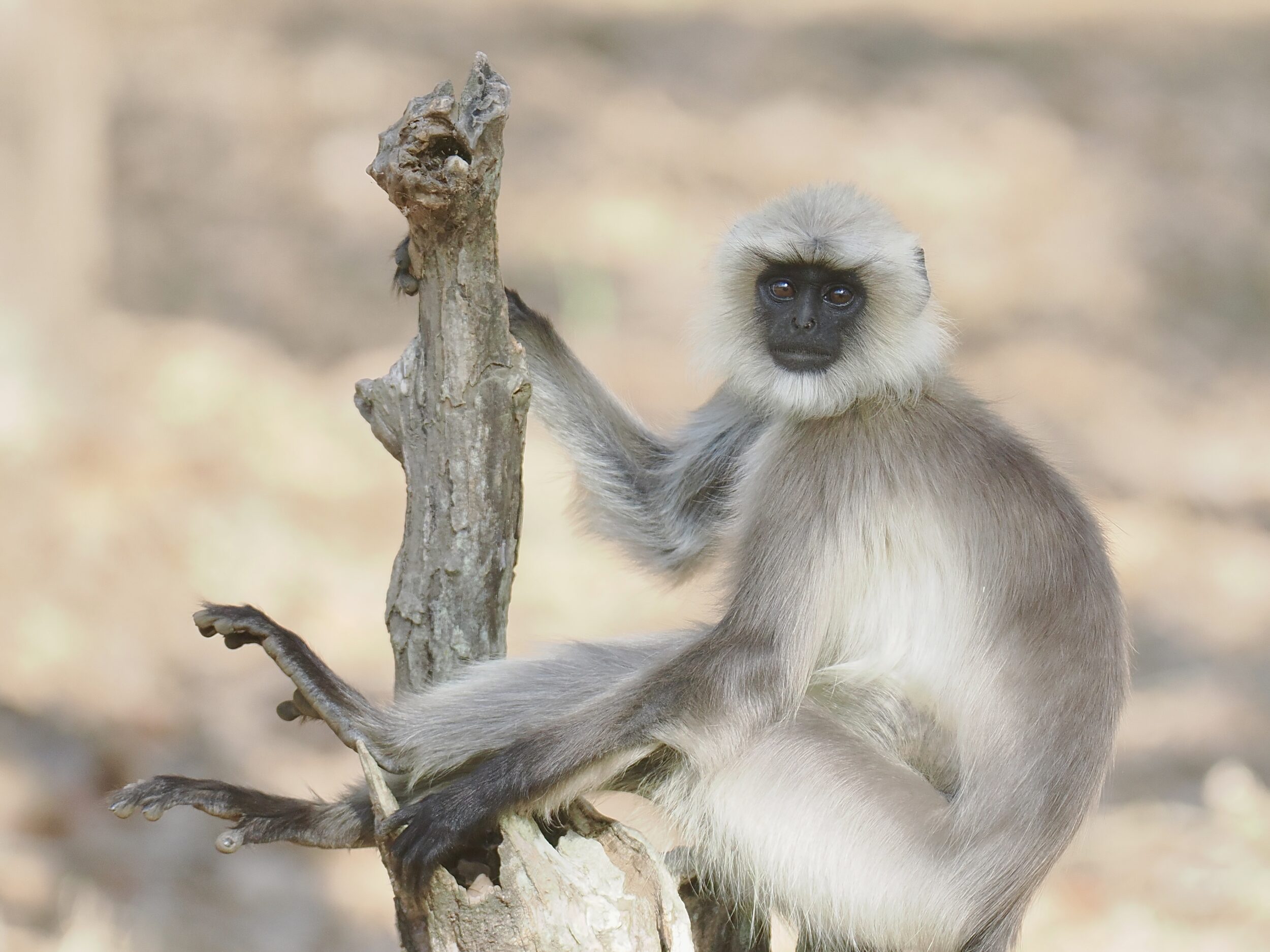Classical Greek statuary, 21st century Hollywood, “supermodels”, “influencers”, Barbie and Ken, the work of profit-maximising cosmetic surgeons or “surgeons”, pedlars of “miracle” diets and so-called “beauticians”…
Is your idea of “beauty” the fruit of parameters set by one or more of the above?
If your answer is an unchangeable “yes”, you will never appreciate that warthogs are indeed beautiful…
Comments closed